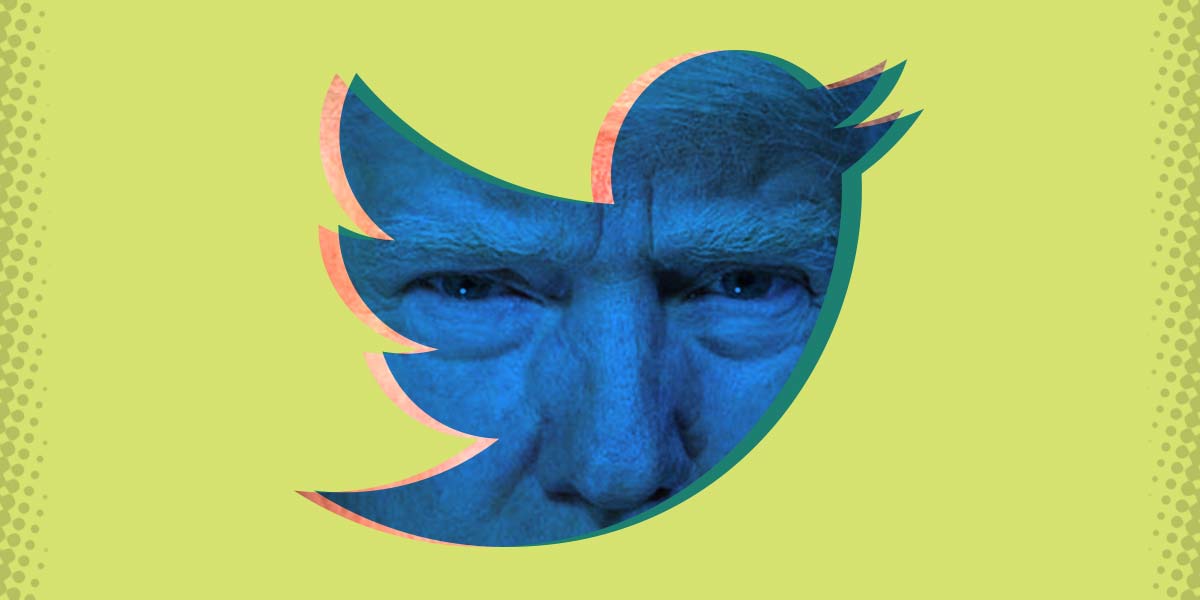Within a day of Twitter fact-checking President Donald Trump’s May 2020 false tweets about mail-in voting, federal officials began trying to find out how much government agencies spent to advertise on social media. This inquiry was likely part of a planned effort to cut that funding, according to records released last month.
The records, released to EFF and the Center for Democracy & Technology as part of a joint FOIA lawsuit, add additional details to the timeline before Trump issued his unconstitutional Executive Order retaliating against online social media services for moderating his posts. President Joseph R. Biden revoked the order in May.
Although Trump’s Executive Order is no longer in effect, the new documents show the lengths officials within the Office of Management and Budget (OMB) went to as part of an unconstitutional effort to leverage the federal government’s spending power to punish platforms for exercising their First Amendment rights to moderate Trump’s speech.
A day before Trump issued the order on May 28, 2020, OMB officials sought to learn whether the government already had data that would show how much money all federal agencies spent to advertise on social media. In an email exchange on May 27, 2020, officials inquired whether it was possible to use www.usaspending.gov to calculate the figure.
It is unclear from the May 27, 2020 thread, but it does not appear that OMB officials could calculate that number. Thus, a day later, Trump issued the Executive Order that required all federal agencies to report to OMB the amount of online advertising they had spent, as well as any laws that would permit the agencies to restrict further advertising spending online. (The Executive Order had several other unconstitutional aspects, which you can read about here.)
Earlier this year, EFF and CDT made public the OMB records showing that federal agencies spent more than $117 million to advertise online. OMB’s latest records document a different aspect of federal agencies’ responses: whether they had any legal authority to unilaterally cut their online advertising spending.
The bulk of the records released to EFF and CDT show that federal agencies largely did not believe they had any legal basis to withdraw their funding. A compilation of agency responses created by OMB begins on page 174 of the recently released records.
Most agencies reported that there was no law or regulation on point that would permit them to cut online advertising spending. The General Services Administration, however, provided a path forward for potentially accomplishing Trump’s retaliatory goal. The GSA stated that although it had no existing legal authority to cut online ad spending, the law governing the agency permitted it to write new “regulations prohibiting GSA services and staff from using GSA funds for advertising or marketing on online platforms.” The documents do not indicate whether Trump administration officials followed up with the GSA regarding its proposal, but it does not appear as though any federal agencies cut online advertising in retaliation for fact-checking Trump’s tweets.
The records also show that the White House remained interested in the results of OMB’s survey of federal agencies’ online advertising spending and whether they could cut that funding. A June 26, 2020 email circulating the results of OMB’s compilation of agency responses states that officials within the White House Office of General Counsel reached out about the results: “We assume you will connect with whoever in the White House needs to see this information, and share this information with them.”
Despite Biden rescinding Trump’s order, the effort was a chilling and unconstitutional abuse of power. That is why EFF was part of a legal team, along with Cooley LLP and Protect Democracy, representing voting rights and civil society plaintiffs that challenged the order in Rock The Vote v. Biden. It is also why EFF and CDT continue litigate our FOIA suit against OMB and Department of Justice and push the agencies to disclose more records that will shed light on what happened.







